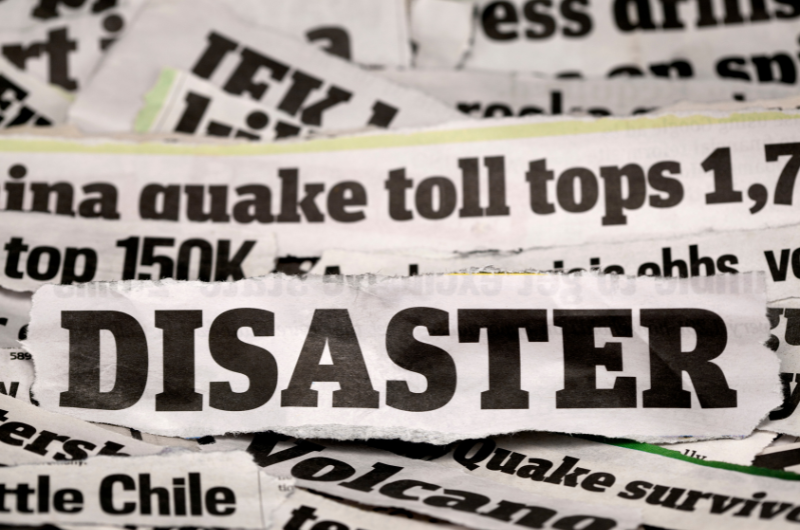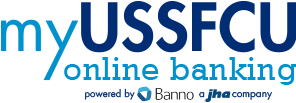Disaster Relief Scams: How to Protect Yourself
Published: January 29, 2025

When natural disasters strike, the world comes together to aid those in need. Unfortunately, this time of generosity often attracts scammers who exploit people’s goodwill and vulnerability. Disaster relief scams can take many forms, from fake charities to phishing attempts, and they can cause financial harm when individuals are already in a difficult situation. Here is how to recognize these scams and protect yourself.
Common Types of Disaster Relief Scams
1. Fake Charities: Scammers create fake websites or organizations that mimic legitimate charities to collect donations.
2. Phishing Emails: Fraudsters send emails posing as aid organizations, requesting personal information or donations through suspicious links.
3. Social Media Scams: Posts or messages claiming to raise funds for victims often lead to fake crowdfunding campaigns.
4. Impersonation Scams: Scammers may call or text pretending to be government agencies or insurance companies, requesting payments or personal details.
Tips to Protect Yourself
1. Verify Charities: Research the organization on platforms like Charity Navigator or GuideStar before donating. Avoid donating to charities you have never heard of, especially if they pressure you to act quickly.
2. Watch for Red Flags: Avoid unsolicited messages or emails requesting donations or personal information. Legitimate organizations don’t use aggressive tactics or demand immediate action.
3. Use Official Channels: Donate directly through the official websites of recognized charities. Avoid clicking on links in emails or social media posts unless you know their legitimacy.
4. Beware of Unusual Payment Requests: Scammers often request donations via gift cards, wire transfers, or cryptocurrency. Stick to standard payment methods like credit cards for an added layer of protection.
5. Monitor Your Accounts: Regularly check your bank and credit card statements for unauthorized transactions, especially after donating to disaster relief efforts.
What to Do If You’ve Been Scammed
Contact Your Bank: Report any fraudulent transactions to your bank or credit card provider immediately.
Report the Scam: File a complaint with the Federal Trade Commission (FTC) at reportfraud.ftc.gov and notify your state’s Attorney General.
Freeze Your Credit: If you’ve shared personal information, consider placing a fraud alert or credit freeze on your credit reports to prevent identity theft.
Learn and Share: Educate others about the scam to raise awareness and help prevent further victimization.
Disaster relief scams prey on generosity and fear, but with awareness and caution, you can protect yourself and ensure your contributions make a real difference. Stay vigilant, verify before you act, and share this information to help others safeguard their finances.
Disaster Relief for Those Affected by the Fires Impacting Los Angeles
As the recent fires in Los Angeles County continue to impact the local community, we want to reach out and let you know that we're here for you. Whether it's a concern about your current loan, a question about your financial situation, or if you're looking for financial assistance, our team is here to support you.
To get in touch with us:
- Call us at 800.374.2758
- Email us at [email protected]
- Chat with a live representative at my.ussfcu.org
Article content is provided for information purposes only.



